Despite its widespread rating as one of his masterpieces, Frederick Ashton’s Cinderella is chock full of knots, gaps and stumbling blocks – all of which the Royal Ballet’s new production throws into relief. Ashton isn’t altogether to blame: Prokofiev’s graphic score dictates an excessive amount of time given over to knockabout for the Ugly Sisters (mostly a matter of them bumping into each other) and a tiresome court jester.
Already a subscriber? Log in
Subscribe for just $2 a week
Try a month of The Spectator Australia absolutely free and without commitment. Not only that but – if you choose to continue – you’ll pay just $2 a week for your first year.
- Unlimited access to spectator.com.au and app
- The weekly edition on the Spectator Australia app
- Spectator podcasts and newsletters
- Full access to spectator.co.uk
Or
Unlock this article
You might disagree with half of it, but you’ll enjoy reading all of it. Try your first month for free, then just $2 a week for the remainder of your first year.

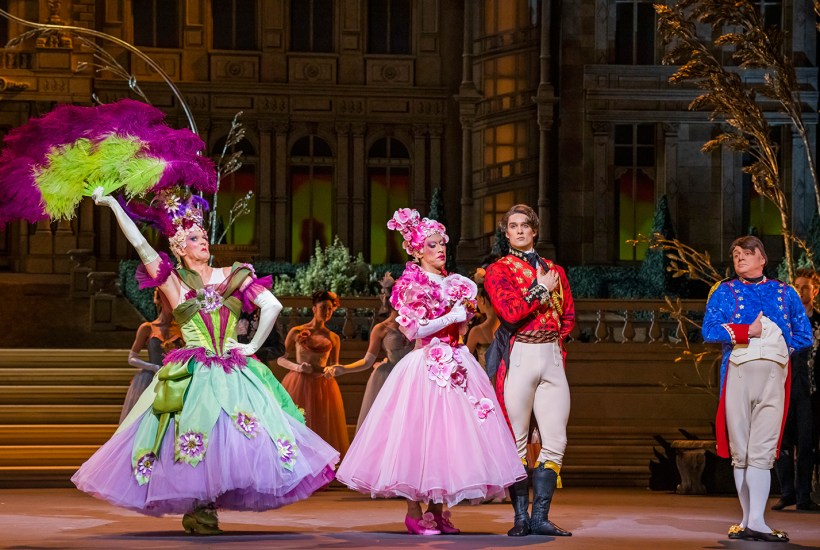
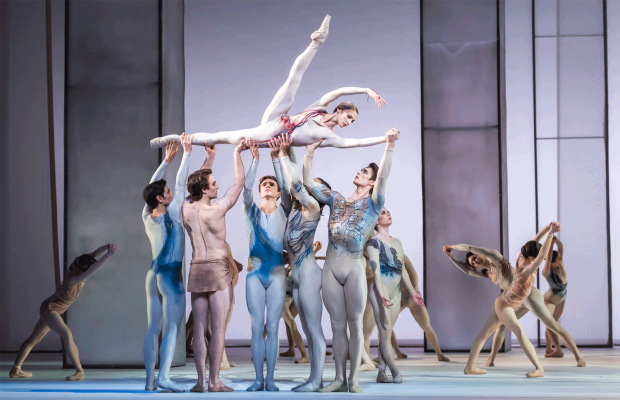
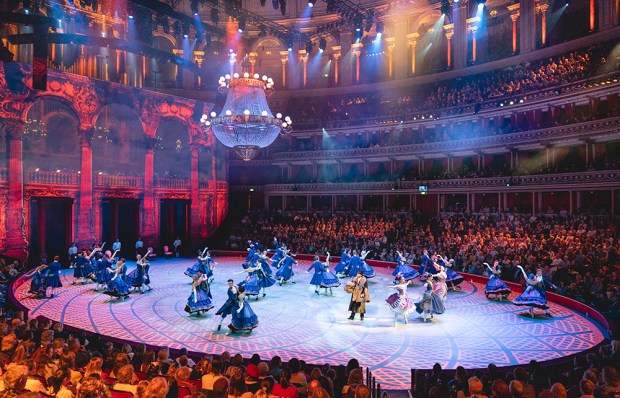
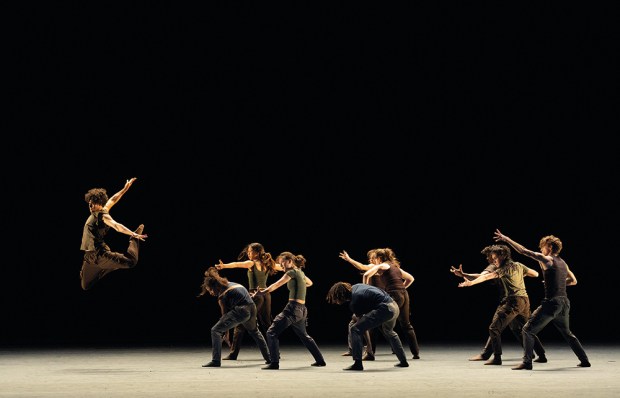
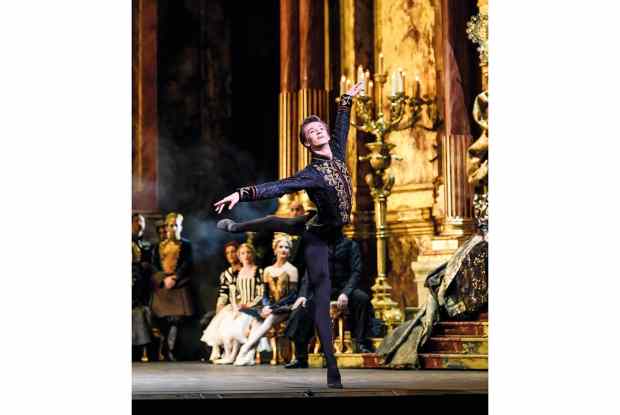
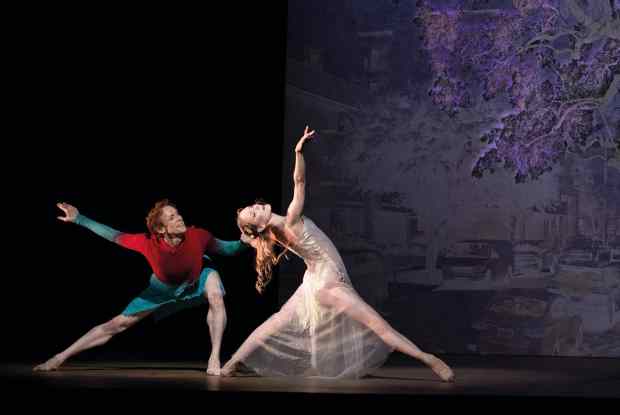
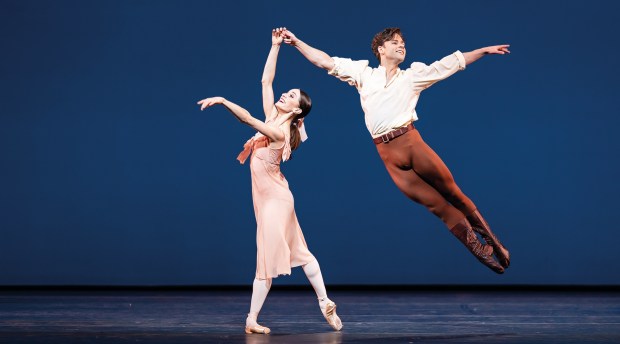






Comments
Don't miss out
Join the conversation with other Spectator Australia readers. Subscribe to leave a comment.
SUBSCRIBEAlready a subscriber? Log in